Club history
Although early records have been lost, it is known that Sudbury RC, formerly Stour BC, was formed some time before 1873, but ceased to function during a period from that time until 1883 when in May of that year two meetings took place at the Anchor Hotel in Sudbury, when it was proposed and agreed that the Boat Club be reformed. The Treasurer’s books for the old Club for the years from 1877 to 1881 were produced showing a credit balance of 14/6d (72.5p).
In 1883 the Sudbury Boat Club was already in existence with the headquarters at Nicholls boathouse, which was situated at the head of the stream leading to Meadow Lane (over the years the stream became totally silted up and was partly excavated by the River Stour Trust in 1982).
It was Mr Nicholls who offered to supply to the the Stour Boat Club two four oared boats, one sculling boat, two canoes and two pair oared boats for 10/6d (52.5p) per annum per member, payable in advance. At the next meeting of the club, however, it was decided to purchase the boats, and Mr Nicholls agreed to accept the sum of £45. He also agreed to let the payment extend to two years, upon the money being guaranteed by the Committee.
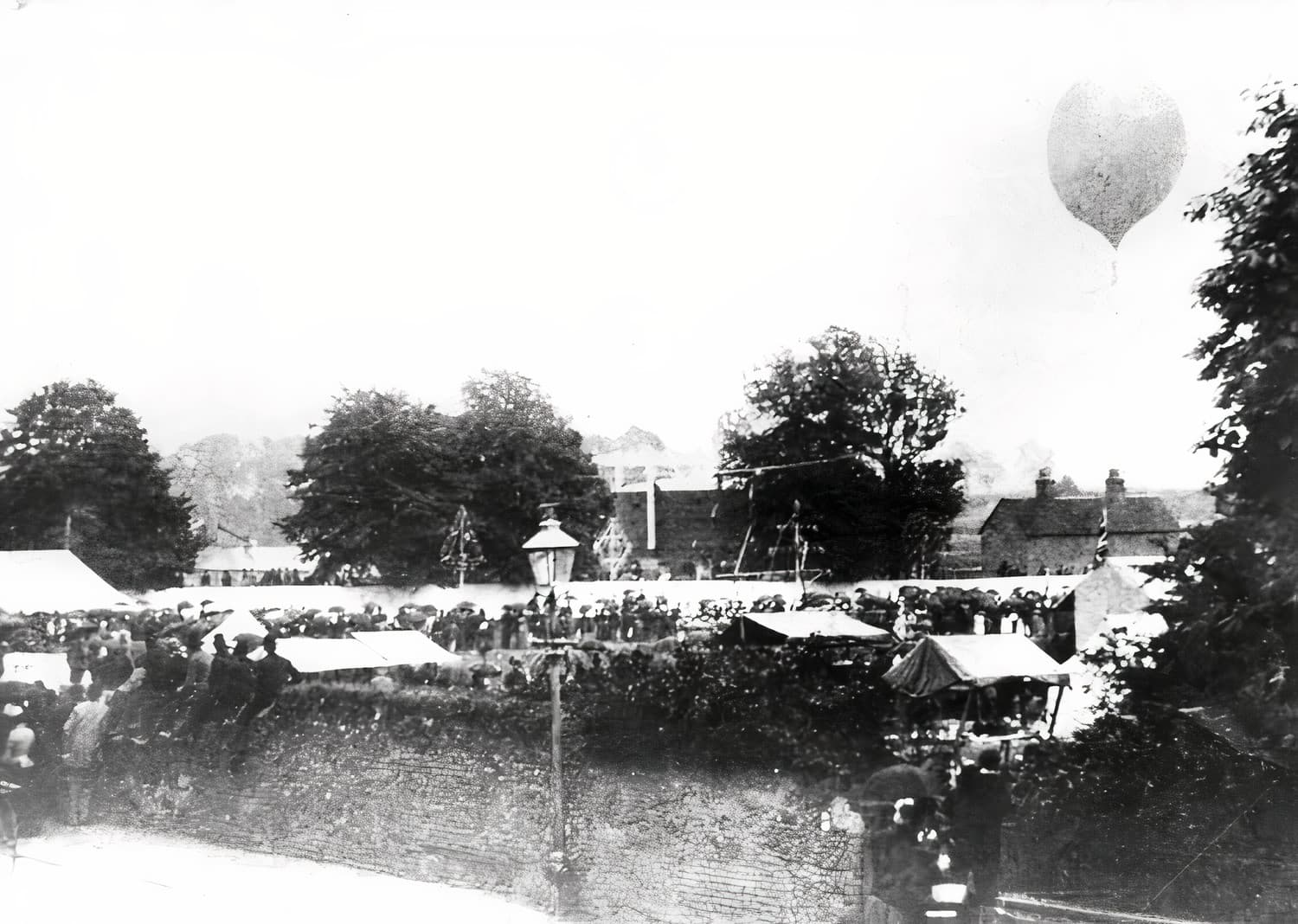
It is known that a regatta was held on 7 June 1873, but the only evidence of this is the existence of a presentation prize made to a member of the winning Scratch Four. There is no record of what happened during the intervening years, but in June 1883, just a month after the club was reformed, it was proposed that a challenge should be sent to Sudbury Boat Club for races in tub and outrigged fours, tub pairs and sculling boats, to take place on August Bank Holiday commencing at 9:30am. The course to be from the old island and ending at the bottom of the reach.
This event seems to have taken place for several years, with either one club or the other offering the Challenge and it is not until 1904 that a press cutting reveals that “The main question that had been agitating the good people of Sudbury for the past week was whether it was going to be fine on the August bank holiday, the day of the annual boat races. King Sol made a welcome reappearance in a sky of cerulean blue, speckled with a few light clouds”.
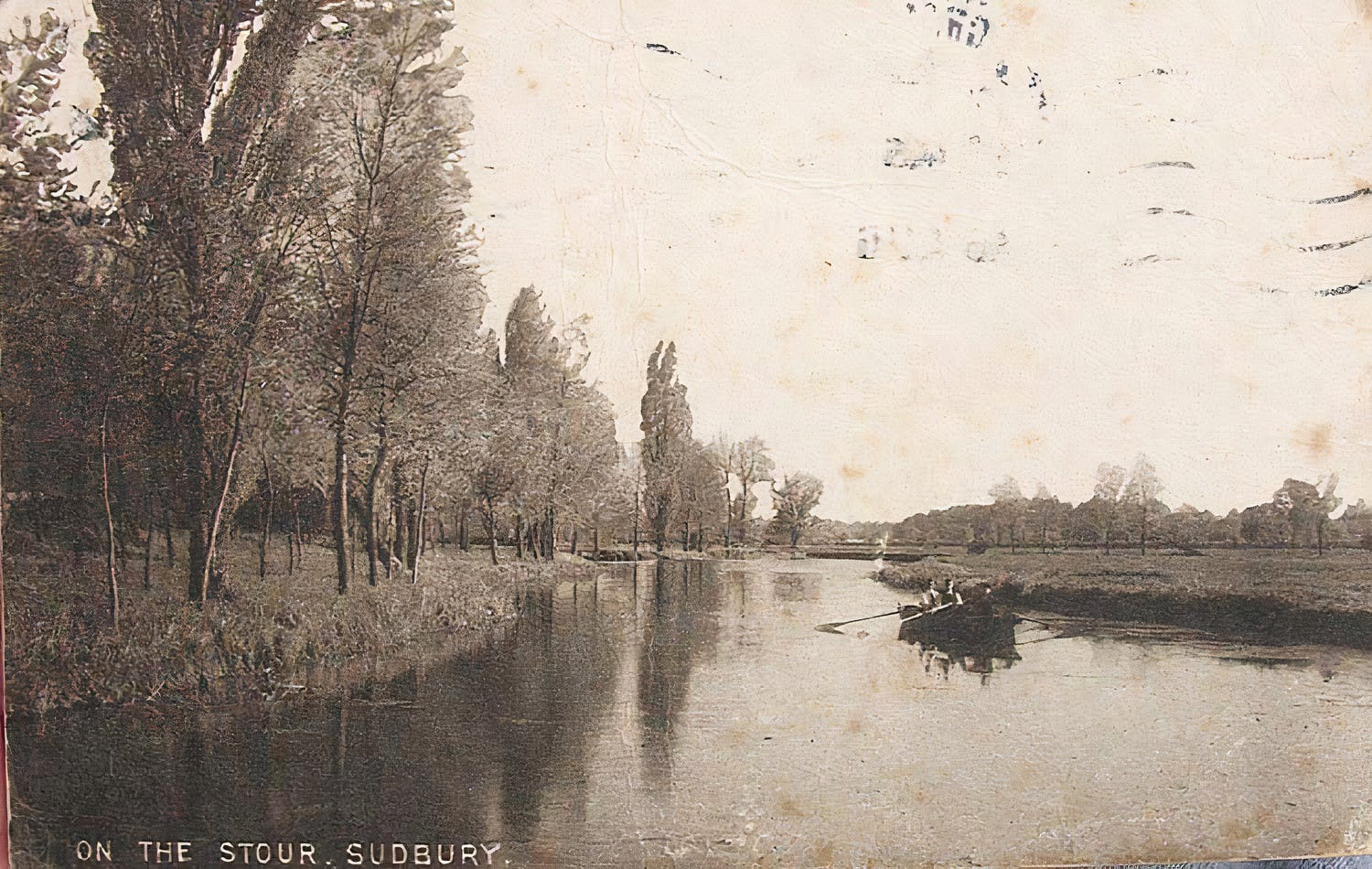
The course was over the stretch of river between the further island below Lady’s Bridge and the top of the reach near Allen’s brickyard. Owing to the narrowness of the river two winning posts were used, one fifty yards behind the other, the starting posts being similarly placed. This is the first time any visiting club have been mentioned but the Naiad RC of Ipswich competed in the Challenge Fours, Senior Sculls and the Open Pairs.
During 1904 the Club competed at Ipswich against Naiad RC and the Petrels RC. They also rowed at Wivenhoe and Rowhedge Regattas and entered an event termed a Rowing Match for four-oared Galleys not exceeding 40ft in length (open to all England).
Records have been lost for the years 1904 to 1923 but during those years the Club must have continued its own Regatta and visited those at Ipswich and St Ives in Huntingdonshire.
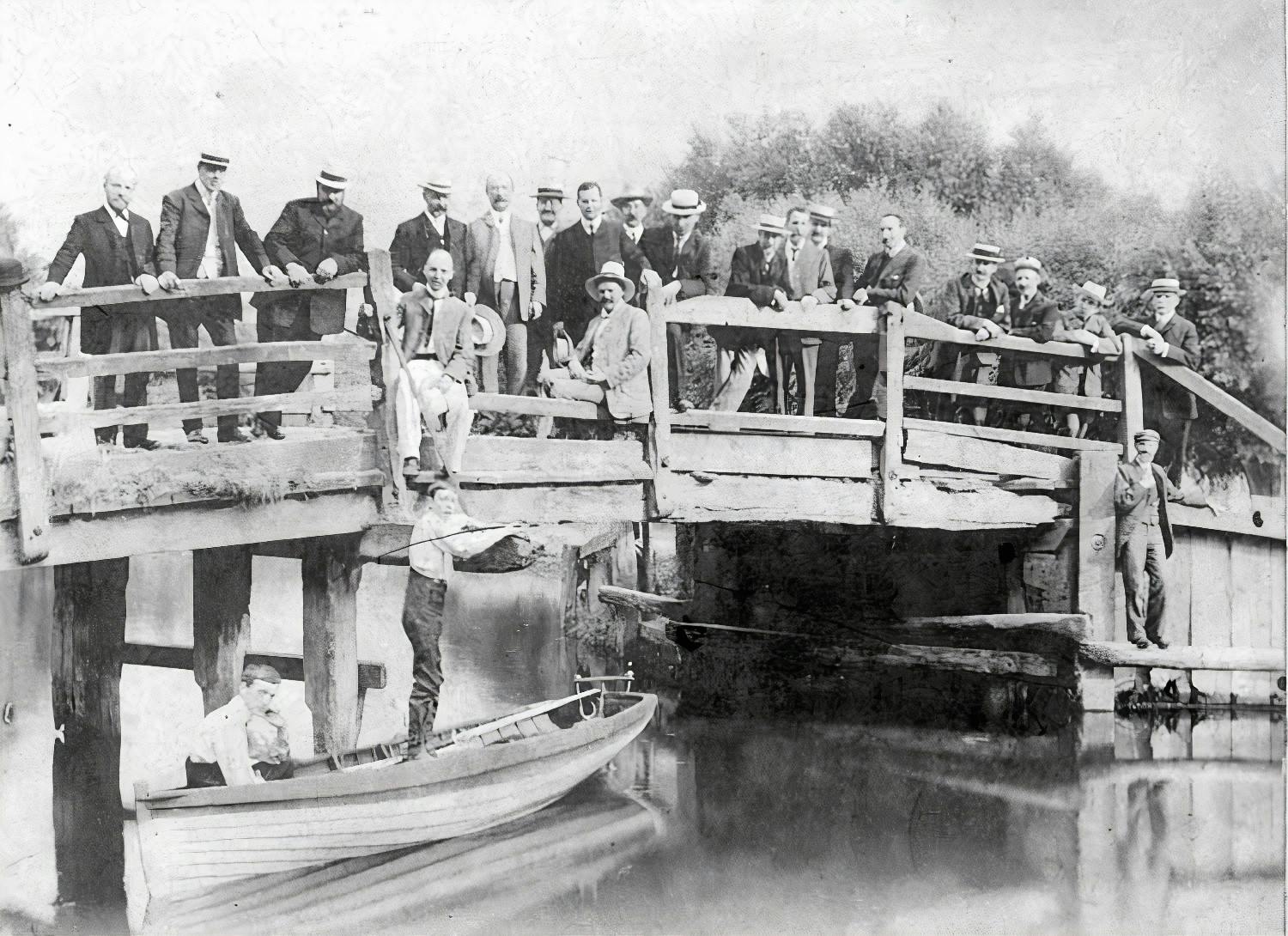
During the 1920s the Sudbury Regatta was quite a social occasion on August Bank Holiday with spectators lining both sides of the Reach, for in those days access was gained to the river bank either via Lady’s Bridge to the Essex side or Friars Meadow to the Suffolk side. The Sudbury Town Band played throughout the afternoon and in the evening at a Promenade concert held on the Essex bank.
On one of the memorable occasions during those years was the time the Sudbury Town Band was being ferried in a punt across the river when the bottom of the boat collapsed and they all finished in the river with their instruments. Members of the Club made repeated dives , and eventually all but one of the instruments were retrieved, so with a little drying out of both the bandsmen and instruments ‘the band played on’.
What made the racing exciting for the spectators was the station rowing, which has already been mentioned. It meant neither the spectators or the competing crews, having started fifty yards apart, could tell who was winning, and with a course of about mile with at least six bends and Lady’s Bridge to negotiate, where bow side had to almost ship their blades, it sometimes finished in a dead heat if one of the finishing judges was a bit trigger happy and fired his gun early.
This course for the Regatta continued to be used until the early 1930’s when Lady’s Bridge started to collapse. A shorter course of just over a quarter of a mile was used starting from what was known as Sewer Corner, but still with station rowing as the river was still too narrow to row abreast.
1923, The Deuchar Cup
In 1923 The Deuchar Cup Competition was introduced which involved a race over a two mile course for the Championship of Suffolk and Norfolk. Heats were held between the Suffolk crews of Stour BC, Naiads RC and Orwell Works RC and rowed on the River Orwell whilst the Norfolk heats were held between Norwich Amateur RC, Yare RC and Life Office RC (now Norwich Union RC), the winners of each heat to meet in the final to be rowed in Norwich in the first year and subsequently in the county of the club that won the previous year’s final.
Stour BC managed to reach the final on several occasions but it was not until 1926 that they won the trophy. The competition continued through the years but it was not until 1948, when Stour BC was the only rowing club in Suffolk, that success was again achieved.
1926, Ladies
In 1926, after much deliberation and heart searching, ladies were admitted to the Club for the first time. This was not an altogether popular decision and led to a certain amount of friction between the male members. But for about four years the ladies played their part in the club’s affairs and entered events such as mixed pairs and double sculls at the annual Regatta. One event which did not go down very well with the ladies was the time they came back to the boathouse after practice to find their undies flying at half mast from the flag pole. You just did not do those sort of things in those days.
1931, Disaster
What happened on the Sunday evening of the 26 July 1931 was both a disaster and a blessing. The disaster was that the boathouse with all its equipment was completely destroyed by fire, just 7 days before the annual regatta. Members had been working on the very old heavy boats for weeks, getting them in good repair for August Bank Holiday, and there was many a broken heart when the news was heard. However, the Regatta went ahead as planned, boats and oars were borrowed from Banhams of Cambridge, St. Ives and the two now defunct Ipswich clubs, so enabling the event to go ahead. After the Regatta was over everyone realised that it had been a blessing in disguise, for the old boathouse and boats were in a shocking state, and were reaching the end of their days. After the fire claim of £762 had been settled the next job was to rebuild and restock. Tenders were sent out for a new boathouse and one of £256 was accepted from T G Sutton. Boats and equipment to the value of £506 were ordered from Banhams of Cambridge and Bowers & Phelps of Putney.
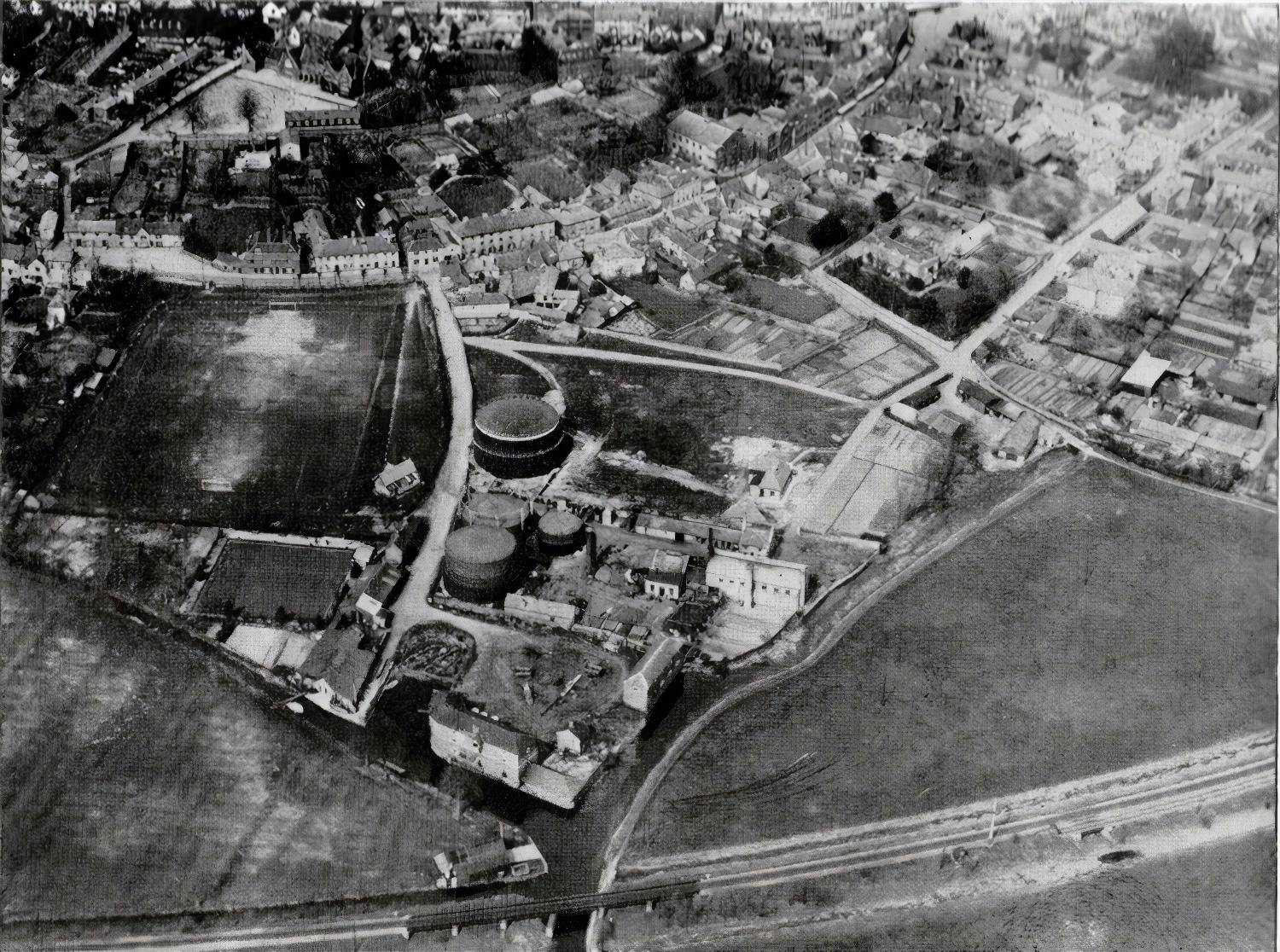
The new boathouse was completed by February 1932, the new boats received and an opening ceremony was performed by the Mayoress on 16 March. It was then best-equipped club in East Anglia and the only one with boats fitted with swivel rowlocks. With this advantage the Club attracted a lot of new members and over the following years they managed to win many events both at home and away regattas. This continues up the time of the outbreak of war in 1939 when, an enthusiastic nucleus kept the club running until 1946 when some of the pre-war members returned to try and pick up where they had left off in 1939, and quite successful they were for by 1948 they swept the board in winning every major rowing event they entered. Sadly, within a year most of the older experienced members had retired or left the area, and the younger ones who had joined since the war found success rather more difficult.
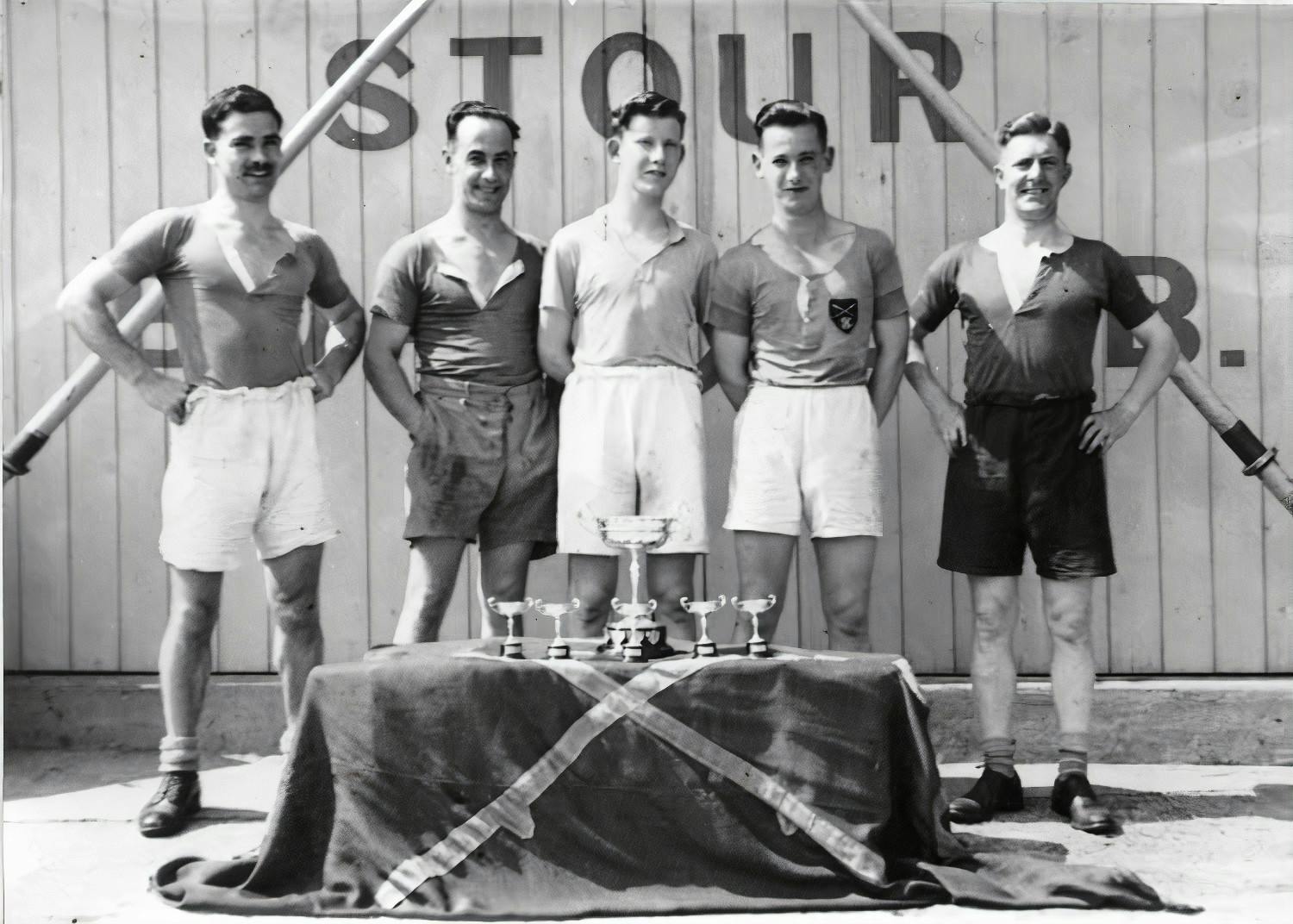
It is surprising that at the time the clubhouse was rebuilt no consideration was given to the possibility of ladies again joining the club. When ladies were again admitted in the early 1950s part of the boathouse was adapted for their use. The second advent of ladies into the club proved much more successful than the first for from the beginning they became keenly involved in running the social side of the club. The catering side of all events including the Regatta could be safely left in their hands, and at the same time, they had two very useful crews on the river who could, at times, compete with some of the best in the country. It is safe to say that during a very difficult period in the club’s history during the 1960s and 1970s the ladies made an increasing contribution to the rowing as well as the social health of the club and played a bid part in keeping the club going.
1955, The Stour is Straightened
Over the years the club had suffered from the lack of facilities on the river, having only about a quarter of a mile of straight water on which to practice, and every club knew that if they could hold Stour over the first quarter of a mile, they could wear them down over the, however, was soon to come to an end for in 1954, after another bad flooding in part of Sudbury, the River Authority decided to straighten and widen the river from Ballingdon to Cornard floodgates. When this was completed in 1955 the club then had a vastly superior course of 1000 metres with the river now 70ft wide which meant that at long last boats could row abreast. During the following years the club organised very successful regattas but the club, as usual, was suffering from lack of funds to renew the ageing equipment and, consequently, had very little success in winning events. There was a continual turnover of membership for one reason or another, but it resulted in very few reaching senior status which was unfortunate so far as competition such as the the Duechar Cup was concerned. As we were unable to enter a crew for a year or so the trophy went to Norfolk by default.
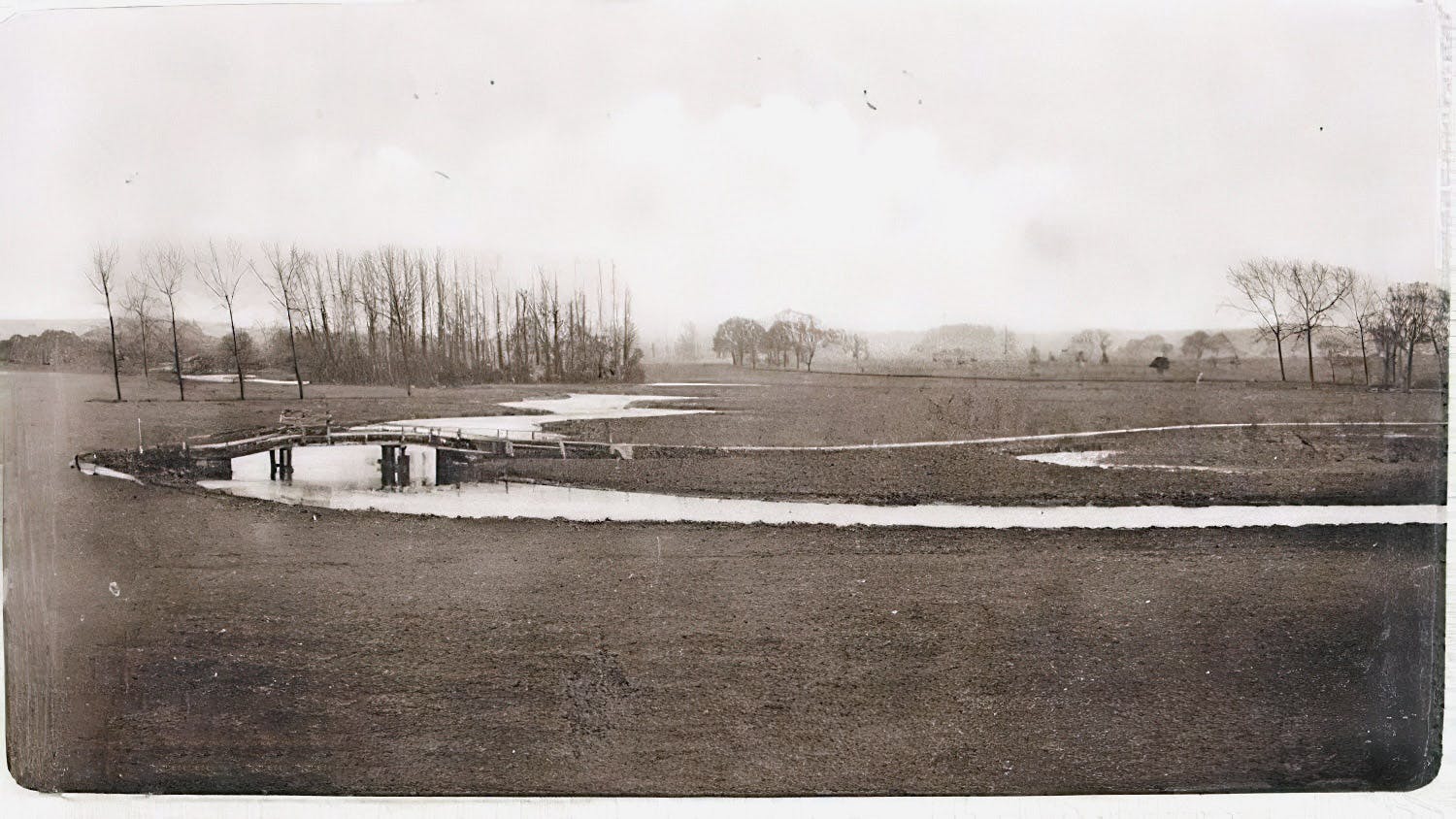
Prior to 1956 the site of the boathouse had been on lease, but as a a result of Sudbury Town Football Club purchasing the Priory Meadow, that club had very generously conveyed free of charge all that part of the Meadow running parallel to the end of the Quay and to include the Boathouse site. It had long been the hope of members over the years to build on this site a new boathouse or boathouse cum clubroom but rowing being so expensive a sport to run, it was never possible to generate more cash than was needed for the upkeep of the boathouse and equipment.
With continually rising costs for equipment during the 1960s and 1970s the club managed to keep its head above water, though with reduced membership, as interest in rowing in the area was sadly lacking.
1980-, A New Start
After a period of years of inactivity the club became active again with the arrival of some new members who updated the equipment and boathouse. Around 1982 the single changing room that had been shared by both men and women, using a rota system, was extended to provide separate rooms with individual shower and toilet facilities. It was during this time that the club was renamed Sudbury RC to more closely link it to the town and encourage more local people to join. When Alton Blades RC were forced by the council to move from Alton water near Ipswich, they amalgamated with the club, thus further boosting the boat fleet and membership.
The current rowable course is 1500m long, the regatta being held on the middle 650m of it, starting downstream of Lady Island nature reserve and finishing at the top of the meadow.
On 29 May 1999 the new clubhouse was opened as part of the club’s 125th birthday celebrations. The new building included changing facilities and room for meeting socially in the dry and warm allowing the club to widen its appeal to a greater number of people in the community. This day marked the culmination of a five year project that would not have been possible without significant funding from The National Lottery, The Sports Aid Foundation, Sudbury Common Lands Trust, Sudbury Freeman’s Trust and Babergh District Council. Later on 11 September 1999 the old changing rooms at the back end of the boathouse were demolished to provide much needed additional boat storage space to house the inventory of 3 eights, 5 fours, 2 doubles, 3 coxless pairs and the numerous single sculls of the time.
2001, Henley
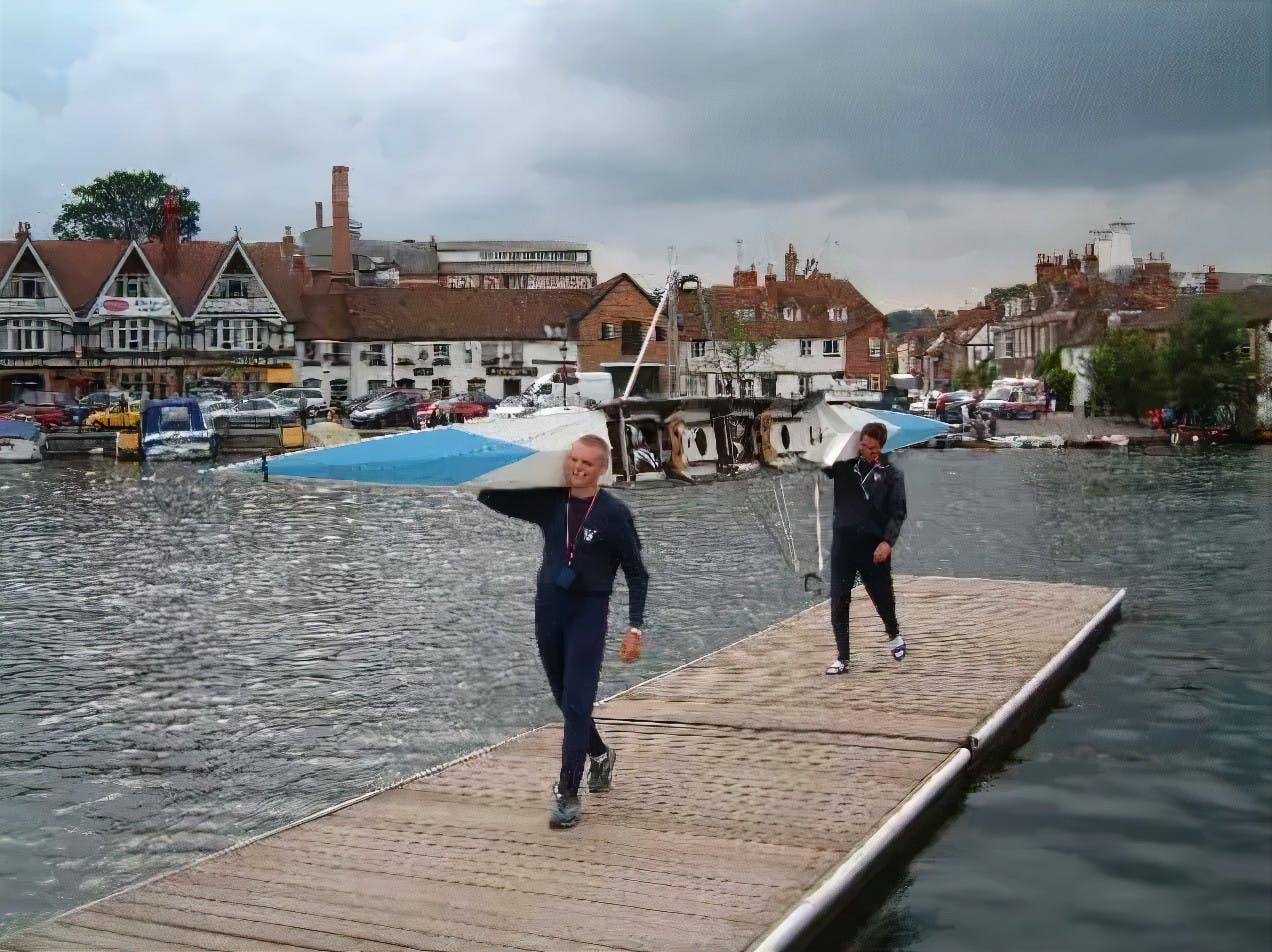
It was not until 2001 that Peter Gostling became the first member of SRC to race at Henley in SRC colours, when he sculled as part of a composite crew in the Fawley Cup for Junior quads. In the following year Aidan Dunn and Sam Hogsbjerg added to this by becoming the first crew from the club to race at the event when they competed in the Silver Goblets and Nichols Cup for coxless pairs.
Written by Trevor Chambers in 1996.
Updated by Simon White in March 2006.
Images courtesy of Sudbury Heritage Photo Archive unless otherwise noted.